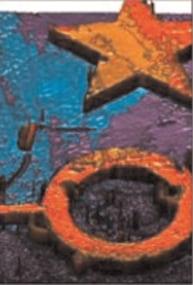The ability to dope graphene nanoribbons with boron atoms to atomic precision opens a range of possible new applications, from chemical sensing to nanoelectronics to photocatalysis to battery electrodes.
Atomically precise boron doping of graphene nanoribbons









